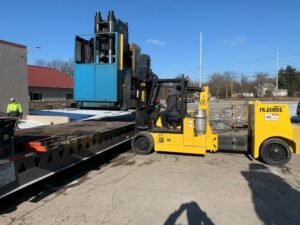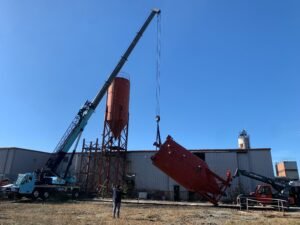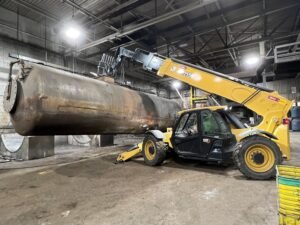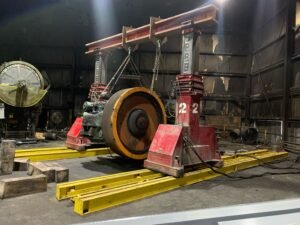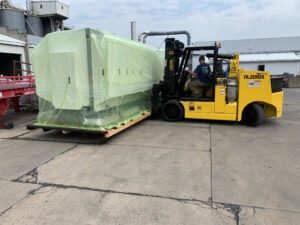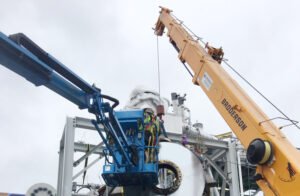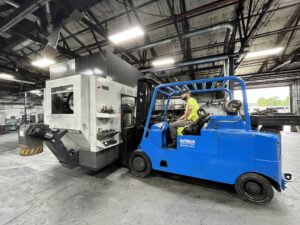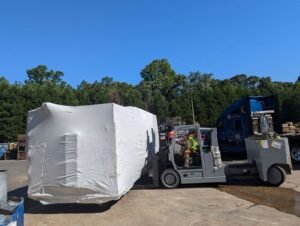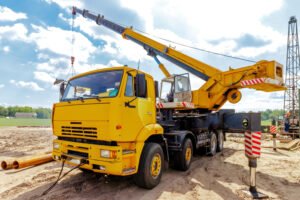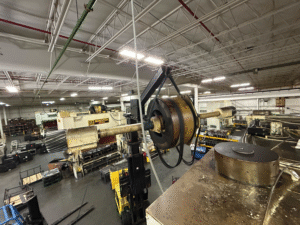Moving heavy loads with a crane in a dense city environment demands meticulous planning, cross‑disciplinary coordination, and local regulatory savvy. From skyscraper facades to narrow streets, urban crane operations introduce unique challenges around space constraints, traffic disruptions, safety protocols, and community relations. This comprehensive guide breaks the process into four major phases—each with focused sub‑sections—to help you anticipate obstacles, optimize workflows, and execute lifts with maximum efficiency and minimum risk.
Assessing Site Constraints and Regulatory Requirements
Before any equipment arrives on‑site, you must understand both physical limitations and legal obligations. In urban environments, overlooked details can trigger costly delays or fines.
Comprehensive Site Survey
A thorough site survey begins with mapping overhead obstructions (power lines, balconies, signage) and ground‑level impediments (street furniture, loading docks, sidewalks). Employ laser‑scanning or 3D drone imaging to generate accurate site models. Note curb heights, utility vault covers, and subsurface constraints—particularly in historic districts where underground chambers may impede outrigger placement.
Permits, Zoning, and Local Ordinances
Each municipality enforces its own crane‑use regulations. Initiate permit applications early: typical requirements include street‑closure permits, load‑bearing affidavits, noise‑variance approvals, and traffic‑control plans. Liaise with public works and transportation departments to confirm acceptable lift windows. In some jurisdictions, you’ll need to post bond or proof of insurance—so factor processing times and premium fees into your project schedule.
Lifting Equipment Selection and Logistics
Choosing the right crane model and logistics partners is critical. In tight quarters, a mismatch in capacity or reach can force costly re‑rigging or last‑minute crane swaps.
Selecting the Optimal Crane Type
Mobile hydraulic cranes offer rapid setup but may struggle in narrow alleys; truck‑mounted cranes provide road mobility but limited boom lengths. Lattice boom crawlers excel in lifting capacity yet require significant assembly space. Articulating knuckle‑boom cranes can navigate obstructions but may incur higher hourly costs. Match capacity charts to your heaviest lift plus rigging weight, and verify that crane base pressures won’t exceed street load ratings.
Transportation Routes and Staging Areas
Even planning the route to your site can be a herculean task. Coordinate with haul‑route engineers to avoid weight‑restricted bridges, low‑clearance underpasses, and tight turns. Identify off‑street staging zones for crane assembly and material storage—parking garages, vacant lots, or nearby construction sites. If staging on private property, secure easements or temporary right‑of‑way agreements.
Traffic Management and Safety Coordination
Urban crane jobs invariably intersect with pedestrians, commuters, and local businesses. A well‑designed traffic management plan keeps people safe and operations on schedule.
Developing a Traffic Control Plan
In collaboration with traffic engineers, draft a plan that sequences curb‑lane closures, detour signage, and flagger positions. Use high‑visibility barriers and illuminated arrow boards to guide drivers. For pedestrian safety, install temporary walkways with overhead protection where cranes work near sidewalks. Submit your plan for municipal approval at least 30 days before mobilization, and share scheduling updates with local businesses to minimize community friction.
Stakeholder Engagement and Communication
Proactive communication with building owners, tenants, fire and police departments, and nearby residents smooths the path for complex lifts. Host a stakeholder meeting to outline your crane schedule, expected noise levels, and emergency procedures. Distribute door‑hangers or email bulletins with contact information for your site manager. When neighbors know whom to call with questions, you reduce the risk of unplanned shutdowns.
Execution and Contingency Planning
On lift day, detailed coordination and clear communication channels ensure that every team member understands their role. Simultaneously, robust contingency plans address the inevitable surprises.
Crafting the Lift Plan and Communication Protocols
Your lift plan should sequence rigging, hoist speeds, boom angles, and personnel assignments. Use radio channels with pre‑defined phrases for “All clear,” “Hold,” and “Abort.” Conduct a comprehensive pre‑lift briefing: walk through pick‑and‑carry paths, address potential pinch points, and confirm hand‑signal standards. Document the plan in a digital permit folder accessible to all supervisors.
Alltracon brings decades of urban rigging expertise to every project. Our certified riggers develop bespoke lift plans that account for narrow streets, overhead obstacles, and local permitting nuances—delivering on‑time crane moves with zero safety incidents, every time.
Weather Monitoring and Emergency Response
Urban canyons amplify wind gusts, creating unpredictable lift conditions. Partner with a local weather‑monitoring service for minute‑by‑minute wind‑speed updates. Establish clear cutoff thresholds: if wind speeds exceed crane manufacturer’s limits, abort the lift and stow equipment safely. Maintain on‑site spill‑containment kits for hydraulic leaks and keep a standby tow truck in place to address unexpected breakdowns.
Post‑Lift Inspections and Demobilization
Once the final load sets down, don’t treat the job as over. Inspect rigging gear for fatigue or wear, and log any repairs. Restore public right‑of‑way to pre‑job condition: remove barricades, re‑open curb lanes, and sweep debris from sidewalks. Archive “as‑lifted” coordinates and upload them to your facility‑management software to support future renovations or expansions.
Conclusion
Planning crane moves in congested urban areas demands a blend of technical rigor and community awareness. By conducting thorough site assessments, selecting the right equipment, orchestrating traffic controls, and embedding contingency measures, you’ll execute complex lifts without incident. Remember: proactive stakeholder engagement and clear documentation are as vital as the crane itself. With these strategies in place, you’ll navigate city constraints with confidence—ensuring that every project lifts off on schedule and under budget.


